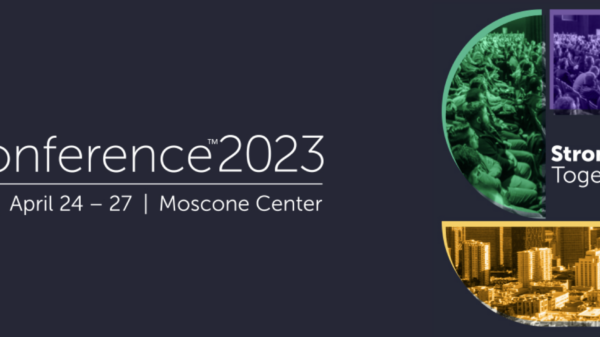It’s human nature to gravitate to groups, teams or communities that we share similar interests or areas of expertise with, so it is no wonder that silos form within organizations. Teams tend to stick with the toolkits they’ve become accustomed to using and individuals within those teams cultivate their focus on specific tasks within those teams. And this can have some benefits. Silos can create well-defined roles and responsibilities, faster decision-making, adaptability and accountability within teams and flexibility that can help organizations stay competitive and responsive to rapidly changing needs and priorities.
The danger happens when organizational and toolkit silos become isolated from other systems and operate independently. This can lead to challenges in communication and collaboration and can pose significant threats to effective cybersecurity practices for several reasons.
Breaking down these silos as we have discussed, involves using a common language enriched with context that ensures that cross-functional teams are on the same page, regardless of their specific areas of expertise or focus – i.e. teams that are responsible for operations versus teams that are responsible for access. This ensures there are no communication gaps that can be exploited and that threats can be identified and remediated quickly.
We have also talked about the trend toward consolidation and the importance of knowing what legacy solutions will solve your security challenges while also improving security efficiency and effectiveness using less budget.
Now let’s take a look at how the combination of the two – consolidation and finding a context-enriched common language – can play a significant role in minimizing the risks inherent to organizational silos.
A whole new world: Collaboration leads to greater network visibility and awareness
Consolidation involves integrating disparate systems, processes, and data sources into a unified framework. It also helps teams to form a new understanding of how to work together without abandoning their day-to-day focus. In other words, each team can continue using a familiar tool set, but at the same time they can share their findings with the rest of the organization.
For example, the infosecurity team may rely on its endpoint detection platform (EDR) to visualize and store everything they need in order to fully understand what’s going on in the network. On the other hand, the physical security or the cloud operations teams may need very different information and use very different tools for viewing and storing their information.
Consolidation comes into play when you can successfully pull both sets of information into the same platform and make that consistent across a unified data set that multiple teams can leverage. Now both teams can view it and understand it because it is all in the same real time platform, with real time views, real time detections that both teams can access. Think of it as being akin to what global travel and real time communication has done to our society and economy. We can see news from the entire world and experience other cultures, because our global silos have been largely broken down. Consolidating data and tools can help to break down silos in your own organizations, opening up new worlds of collaboration.
In this way, consolidation improves visibility and situational awareness for teams across the organization. By centralizing security operations, organizations gain a comprehensive view of their entire infrastructure, allowing them to monitor and detect potential threats more effectively. Consolidation enables the sharing of security information and threat intelligence across departments, fostering a collaborative approach to cybersecurity.
Consolidation also strengthens incident response capabilities. With a unified security framework, organizations can establish standardized incident response procedures, ensuring a swift and coordinated response to security incidents. Collaboration – here’s where the shared context-enriched language comes into play again – between departments becomes smoother, leading to quicker containment and remediation of threats.
Furthermore, consolidation facilitates comprehensive risk management. By consolidating security data and insights, organizations can more accurately assess their risk exposure and implement targeted risk mitigation strategies. A centralized approach enables consistent security policies and controls, ensuring that no critical area is left vulnerable due to information silos.
Embracing consolidation leads to a robust cybersecurity foundation
While silos pose significant dangers to an enterprise’s cybersecurity posture, consolidation serves as a powerful solution to overcome these risks, offering improved visibility, efficiency, incident response capabilities, and risk management.













